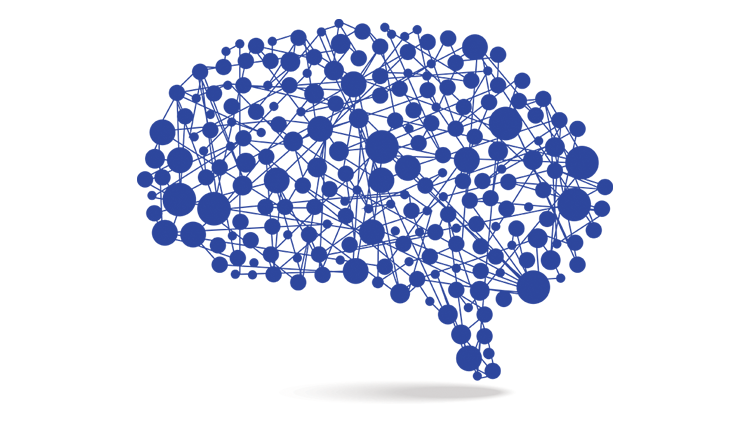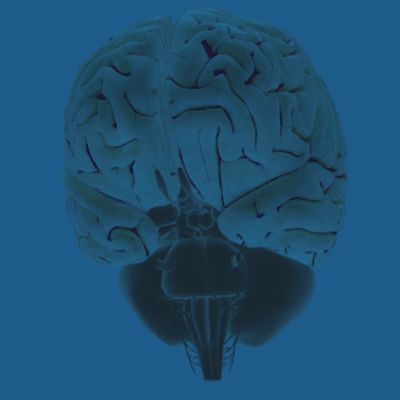What Are Absence Seizures?
- Published10 Aug 2018
- Reviewed10 Aug 2018
- Author Michael W. Richardson
- Source BrainFacts/SfN

Pop culture usually portrays seizures a certain way: A person might convulse, fall on the floor, and lose consciousness. This kind of seizure certainly exists, but it’s not the only type. Some seizures have effects that are so short and subtle, other people might not even realize they occurred. These types of seizures — called absence seizures — are most common among children. Jeffrey R. Tenney, a pediatric epileptologist in the division of neurology at Cincinnati Children’s Hospital explains what happens in the brain during an absence seizure.
What are seizures and epilepsy?
A seizure is like an electrical storm that happens in the brain. Everything we think and do is because of communication between our brain cells through electricity. Sometimes, those electric pulses can form an abnormal rhythm that impedes normal communication, and a seizure can occur. Individual seizures can be caused by a brain injury, like a swift blow to the head. But if a person suffers from more than one unprovoked seizure, they likely have a brain disorder called epilepsy. We don’t understand exactly what causes epilepsy — in some cases it seems to be caused by genetics, while in other cases it is caused by changes to the brain, such as a tumor or a traumatic brain injury.
Epilepsy is most common in children and the elderly. While the severe seizures most people are familiar with, known as grand mal seizures, can occur at any age, absence seizures mostly occur in children. Generally, they appear between the ages of four and ten, and peak around age six — right at the start of elementary school.
How do absence seizures differ from other types of seizure?
Absence seizures can show a wide range of symptoms. A person may make jerking movements, fall to the ground suddenly, or have stiffness in the arms and legs. But many consist of a staring spell that lasts anywhere from a few seconds to a minute. After this period of unresponsiveness, a child will snap back into their normal behavior, without any of the side effects of a grand mal seizure. While they seem less severe, the seizures can be frequent — many children have a seizure every day and some can have hundreds a day. The symptoms can be so mild that teachers or caregivers might not even know that a seizure occurred — some children are even misdiagnosed with ADHD when they seem unresponsive in class.
Will a person with absences seizures have them their whole life?
Amazingly, many children who suffer from absence seizures will grow out of it. The young brain’s plasticity — its ability to change and adapt over time — allows up to 70 percent of epileptic children to recover from epilepsy and the associated seizures over a period of several years. We’re still not sure exactly what happens during this time, but it seems that as young brains grow, the affected circuits are repaired or replaced over time.
Absence seizures can still be dangerous though. Frequent seizures may impact a child’s learning abilities at a critical time in their childhood development, and an accident caused by a few seconds of unresponsiveness could be harmful. There is also evidence that early treatment makes it more likely that they’ll outgrow the disorder over time. Epileptic children are typically given medication specifically aimed at treating absence seizures. It doesn't cure epilepsy, but it tends to slow or stop the seizures, at least until their brains are able to repair themselves.
This question was answered by Jeffrey R. Tenney as told to Michael Richardson for BrainFacts.org.
BrainFacts.org welcomes all your brain-related questions.
Every month, we choose one reader question and get an answer from a top neuroscientist. Always been curious about something?








